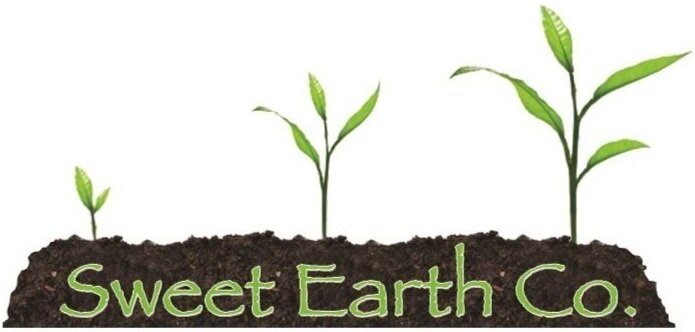The Soil Formula You Need to Know
Soil is the foundation of your garden. Having healthy soil will lead to healthier, more high-quality plants. In order to develop this healthy soil, there’s an important formula to know.
Soil Texture + Soil Structure = Soil Behavior
Why is it important to know your soil behavior? So that you can better cater to the specific needs of the flowers and plants that you’re growing.
Let’s dive a bit more into soil texture and structure so you’ll better understand your soil’s behavior.
Soil Texture
There are three types of soil texture, categorized by size: Sand, silt, and clay. Sand particles are the largest, and clay particles are the smallest.
While a soil could be all sand, all clay, or all silt, that’s rare. Typically, most soils are a combination of all three. The percentages of sand, silt, and clay are what gives soil its texture. The texture of a soil is important because it determines soil characteristics, such as water-holding capacity, permeability, drainage and soil fertility, that affect plant growth.
Soil Structure
Soil structure refers to the arrangement of soil particles into small clumps called the “peds”. Sand, silt, clay, and organic matter come together to form these peds. The pore spaces created by the peds are larger than those between individual particles of sand, silt, or clay. This allows for greater air and water movement, increased mobility for microorganisms, as well as nutrient availability for plants and better root growth.
Your soil’s texture and structure will impact how it behaves, specifically in relation to the plants you have in your garden. It’s important to know what conditions the plants you’re growing need in order to thrive.
Improving Soil Texture & Structure
You might think that you can improve clay soil by adding more sand to it, and vice versa. However, that would be a mistake. Adding organic matter is what improves soil structure.
In sandy soil, organic material occupies some of the space between the sand grains. This binds them together and increases water-holding capacity. In clay soil, organic material creates aggregates of soil particles that breaks up the clay and allows water to move more rapidly around soil particles.
Do you want more information and guidance on assessing and improving your soil? Download our free guide.

